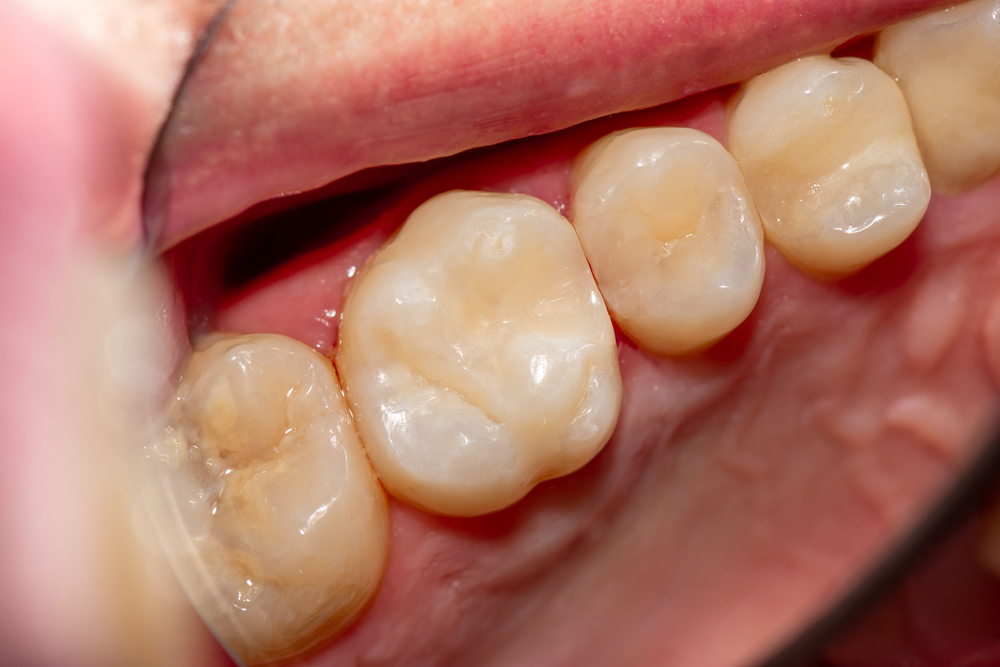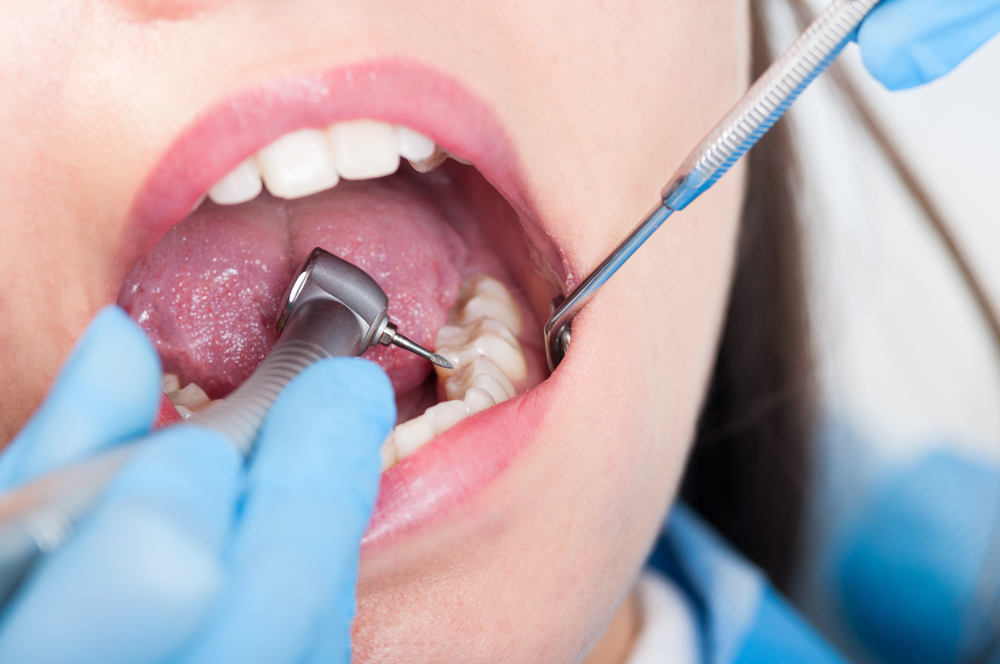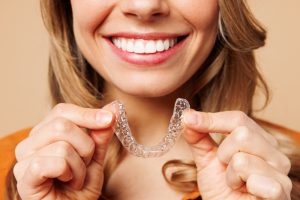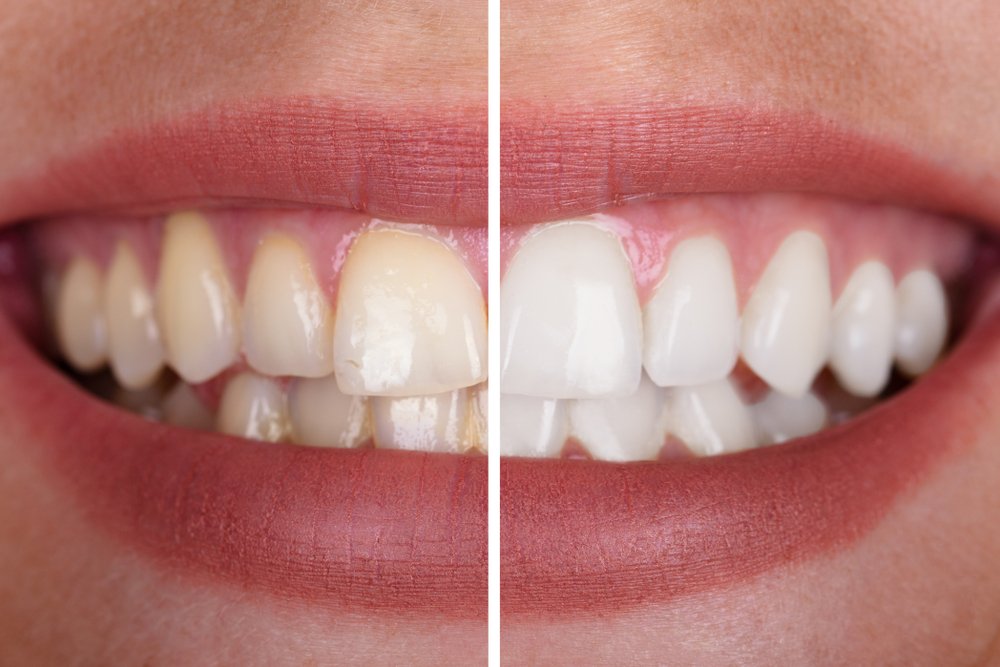Parkcrest Dental Group wants to take care of all of your dental needs. Our compassionate, caring staff will make sure you are comfortable and at ease during every appointment!
We’re here to answer frequently asked questions about dental fillings.
Why do I need a dental filling?
It is a common and viable treatment for cavities. The overall goal is to prevent further damage to your tooth from decay.
How does a dentist determine I need a filling?
Your dentist will assess your cavity and ask you several questions to determine whether you need a filling based on the size of the cavity, whether there is visible decay, or if there is any bleeding. He or she will ask if you feel any sensitivity or pain, such as throbbing pain, sharp pain, or mild sensitivity.
What is the best type of dental filling for teeth?
A few factors go into determining what kind is best for you, including the location of the cavity, the severity of the decay, and costs.
Composite resin fillings represent a suitable option because they closely mimic the natural color of your teeth. Tooth-colored types combine rigid plastic, silica, and fine glass because these materials closely resemble the composition of natural teeth.
Ceramic dental fillings look similar to composite kinds in durability and style.
Zirconia, which we do for children sometimes. These fillings are made from zirconium oxide, and they look like a natural tooth while offering great strength to withstand daily wear and tear.
Gold fillings are solid, non-corrosive, and highly malleable to make into any shape for your tooth. Although not as common anymore, this type is an option for you.
How long do dental fillings last?
Tooth-colored varieties last around 10 to 12 years. Gold ones last longer, between 15 and 30 years. The length of time dental fillings last can vary based on several factors, such as the foods you eat, grinding teeth, and clenching teeth.
How does a dentist put a filling on a tooth?
Getting a filling may seem like a scary process, but your dentist will put you at ease with the process. It’s a standard, ordinary procedure for a professional dentist’s office.
First, the dentist will tell you they will numb the tooth with a local anesthetic. The numbness may extend into other parts of your jaw. The numbness gradually wears off later in the day.
Your dentist uses a small drill to remove any decay inside the cavity. Removing the decay prevents further damage to the tooth in hopes of preserving it.
For composite resin fillings, your dentist mixes the compound during your appointment and applies it to the exact shape of your tooth. Then the dentist uses what’s called a photoinitiator to activate the compound. This happens when a dentist holds a light pen against the composite resin to cure it.
Your dentist will examine the filling for a few minutes to ensure it bonds to the tooth properly and that you’re doing well during the procedure. Once your dentist sees that everything is fine, you can resume normal activities.
How long does a dental filling appointment take?
An appointment typically lasts an hour to 90 minutes, depending on how many fillings your dentist needs to place in a single appointment.
How long does numbness last after a dental filling appointment?
Usually, the local anesthetic on your tooth lasts one to two hours. Numbness in your lips, face, tongue, and jaw may gradually dissipate over the next three to five hours.
It’s important to try to let the numbness wear off on its own without trying to bite on your tongue, lips or cheeks. This might lead to swelling or bruising. Try not to drink fluids or eat foods that are too cold or hot. Your dentist will provide more suggestions and tips for this process.
What should I do following my appointment for dental fillings?
You can chew food with composite resin types immediately after the numbness disappears.
Are there any foods I should avoid when I have a dental filling?
We recommend eating soft foods for a couple of days after you receive a new dental filling. Think yogurt, milk, pasta, oatmeal, soft-cooked chicken, eggs, and the like. Once you know the time of your appointment, you can plan for shopping and meals.
The reason is because we want to make sure your filling stays intact and you don’t feel any sensitivity caused by other types of foods.
Avoid hard, crunchy, and sticky foods right after you get a filling. Try not to eat granola, ice, chips, peanut butter, hard candies, popcorn, caramel, gum, and hard bread.
Why does my dental filling need to be replaced?
Despite the durable materials and modern manufacturing behind these items, daily wear and tear of chewing food may cause your dental filling to crack, leak, or fall out. Bacteria can become trapped underneath a filling, which is why you should get it replaced after a certain time, usually 10 years or more.
How does my dentist help me prepare for a dental filling appointment?
The staff at Parkcrest Dental Group will answer any questions you may have about this treatment, from the time we suggest this treatment option for a cavity to after-care and everything in between. We want you to be at ease with this procedure.
Our doctors have decades of experience and expertise, and we stay up-to-date on state-of-the-art dental fillings. Contact Parkcrest Dental Group or call (417) 887-1220 to make an appointment or for more information.







